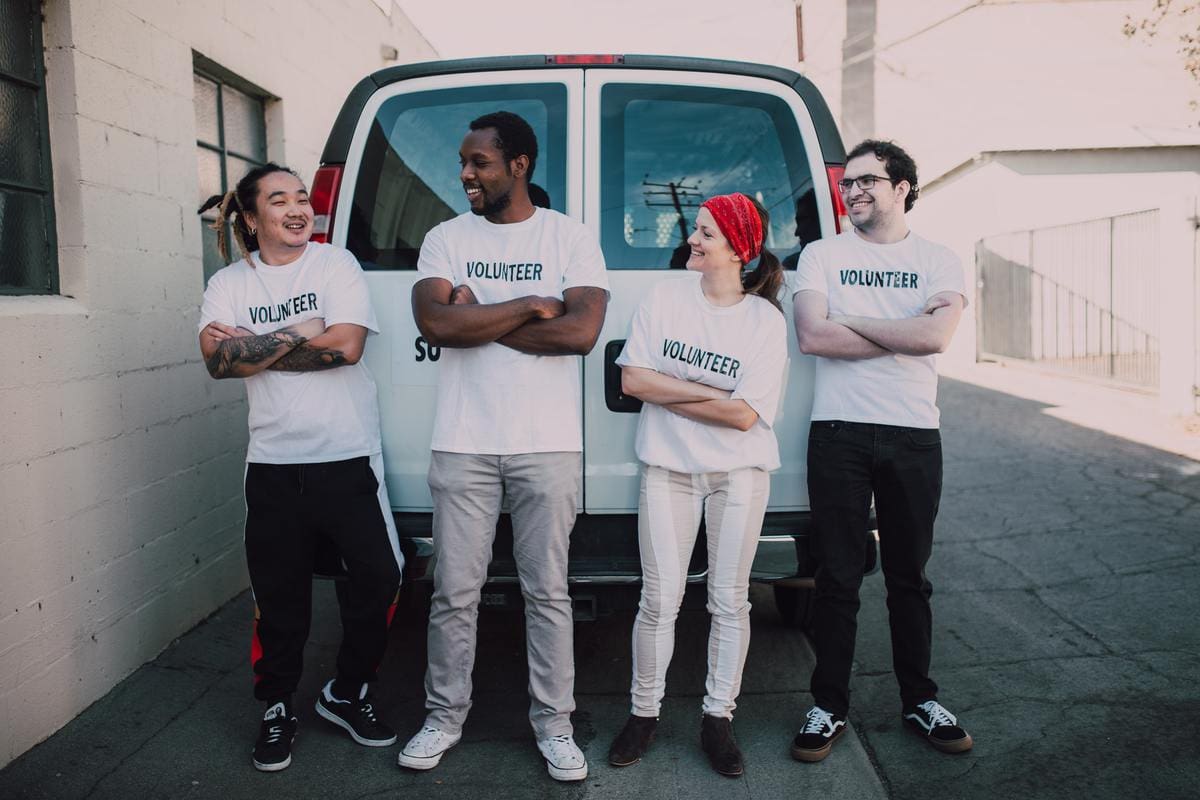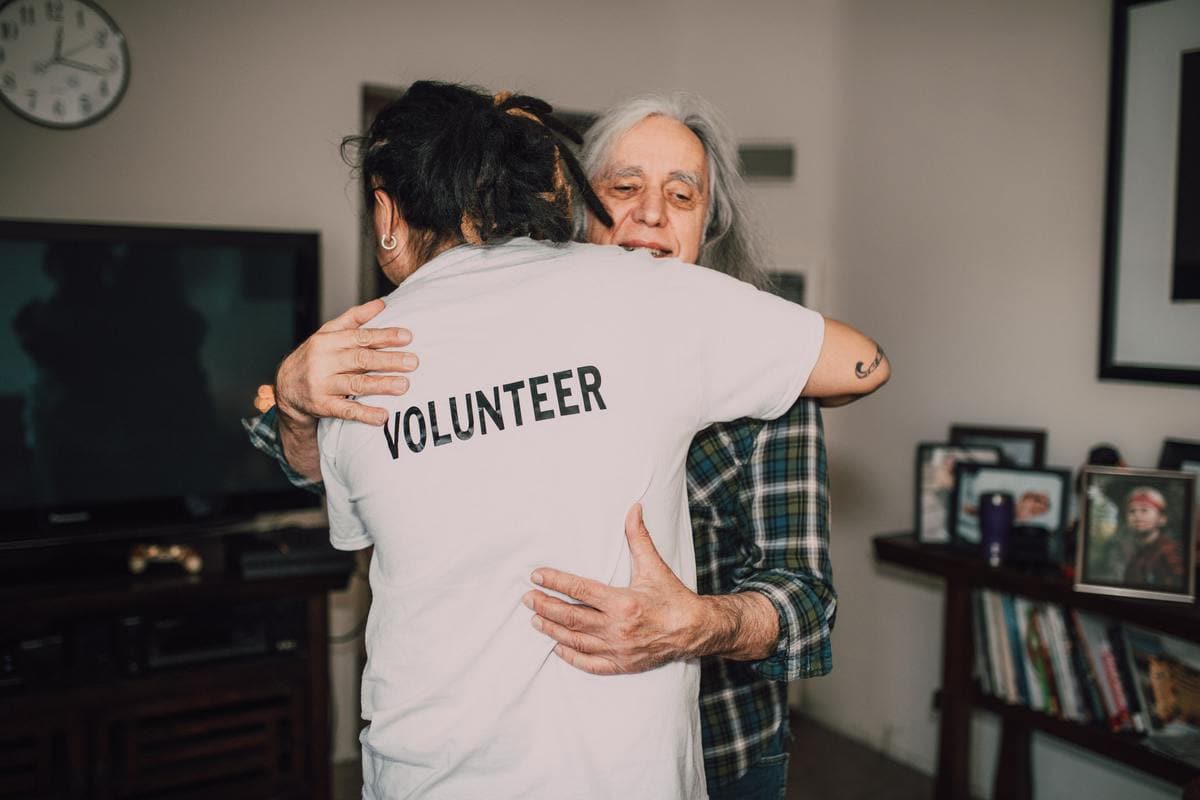When investigating a nonprofit, many people start with the web. Often, they begin by visiting a nonprofit’s website to get a better sense of what they do and how they use the resources they have on hand.
A #website is often a major component of a nonprofit’s overall outreach and #marketing strategy — and is essential for securing #donations, organizing #volunteers, and showing how your particular group is giving back.
Nonprofit websites are similar in some ways to business websites. However, they also need some unique features and design considerations that will help visitors and prospective donors find the information they’re looking for.
When designing the perfect nonprofit website, it’s essential to incorporate elements from ecommerce website design to optimize user experience, donor engagement, and online fundraising, ensuring your organization’s mission is effectively communicated and supported.
These are six design features and pages that any nonprofit organization will want to incorporate into their website.
1. Donation Info

If your organization accepts cash donations, you should have some kind of online form ready that allows individuals to donate using your website.
It’s also typically a good idea to include information about other methods of donating — like how to donate physical items, how to donate from a Roth IRA, or who to call if you have questions about donations.
This kind of information will help keep the donation process as smooth as possible — potentially encouraging more donors to give — and reduce the number of calls that your donor services team will have to field.
2. Volunteering Info and Opportunities

If your organization needs volunteers or provides opportunities for community members to get involved in your work, you should list details about those opportunities online.
Depending on the kind of volunteering opportunities you offer, you may also want to include an online volunteering form that allows visitors to browse open volunteering slots.
Along with this form, you can include details about the kind of work that you need assistance with and how long volunteering slots will last. A volunteer info page is also a great opportunity to include details about volunteer work that people might not consider — like the kind of equipment or clothing that volunteers should bring, like gloves, closed-toe shoes, or long-sleeved shirts.
You can also use this page to provide contact information that will let visitors get in touch if they want to inquire about how to volunteer with your organization. Making this process as easy as possible will help ensure that anyone interested in volunteering can learn more about how to get started.
3. Staff and Board Member Bios

When a person donates to a nonprofit, they’re putting a lot of trust in the people running that organization. For this reason, it’s a good idea to use your website to build trust where you can by showing the people behind the work that your organization does.
Typically, nonprofit organizations include a biographies page on their website. This page typically includes headshots of board members and staff, along with brief biographies of everyone on the team.
In addition to showing off your team’s range of experience and expertise, a page like this is also a great opportunity to humanize your organization and show the work that goes into daily operations.
4. Information on Upcoming Events
Your site is also a great place to highlight any events you plan on hosting or attending in the near future.
In some cases, you may even be able to handle large portions of the event on your site.
During virtual events, for example, it’s possible to fundraise online by holding online raffles, hosting giveaways, or embedding livestreams of an event directly into your site.
5. A Blog, Newsletter, or Content Archive

Many nonprofits maintain a robust content archive — often in the form of blog posts or a newsletter. These posts provide a window into daily operations and help you highlight major wins for your organization — like events, meetings with local officials, and major organization milestones.
Prospective donors investigating your site will be happy to see evidence of the work you’re doing, as well as a look into projects you’re working on right now.
Following best practices for nonprofit blogging — like embedding calls-to-action into your blog posts — can also help you drive engagement with your organization.
Highlighting a recent blog post on your site’s main page and making your blog easy to access will help ensure that visitors to your site will be able to see all the work you’ve put into previous projects and current work.
6. Testimonials

Another strong way to build trust is with testimonials from organization partners and recipients of organization services.
For example, if you’ve teamed up with a nonprofit in another area in the past for an event or major project, you may want to solicit them for a statement about how your organizations came together to make a project work. You might also reach out to people who have received support from your organization and ask them about the impact it had on their life or work.
These testimonials are a great way to help show people the real-world impact that your organization is having. They’re also an opportunity to deepen your relationship with organizations in other areas and create a digital record of the partnerships you’ve established.
Optimizing Your Nonprofit’s Website
A nonprofit’s website is one of its most valuable assets. Your website is how potential donors and volunteers will learn about your organization and find out how to get in touch.
Optimizing your website by including these features will help you improve your organization’s reach and show off the work you’re doing.
Over time, this can encourage deeper trust in your organization and help you build cross-organizational relationships.
Author Bio
Eleanor Hecks is editor-in-chief at Designerly. She was the director at a marketing agency before becoming a freelance web designer. Eleanor lives in Philly with her husband and dog, Bear.


Hey Vallery Henings,
You are right nonprofit website are something same with business website and they also need some design
and features which can help visitors and donors who find these information.
You have mention the awesome list of design which we can incorporate into their website.I also get some
new design idea which about i don’t know and this post is very helpful for me. i know about only
testimonials design, it is a good way to help show people the real world impact that our organization is
having.
thank you,
-sweety